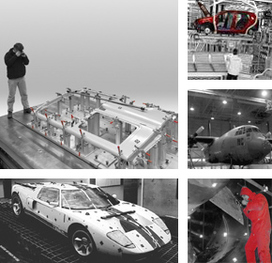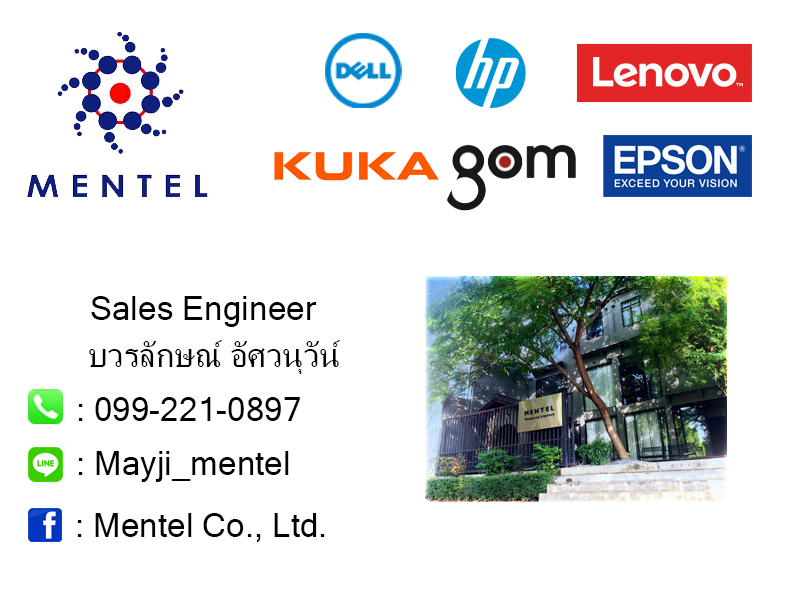The portable TRITOP system measures coordinates of three-dimensional  objects quickly and precisely. Measuring tasks that traditionally were performed by tactile 3D coordinate measuring machines can now easily be carried out with the TRITOP system. It does not require any complex, heavy and maintenance-intensive hardware. The measuring machine comes to the object!
objects quickly and precisely. Measuring tasks that traditionally were performed by tactile 3D coordinate measuring machines can now easily be carried out with the TRITOP system. It does not require any complex, heavy and maintenance-intensive hardware. The measuring machine comes to the object!
As with tactile coordinate measuring machines TRITOP records the coordinates and their orientation in space for any feature of interest:
- Surface points and sections
- Primitives
- Holes, punch holes and edges
- Diameters, lengths, angles …
After the 3D coordinates have been determined, the measurement mathematically is transformed into the coordinate system of the component:
- RPS
- Gage alignment
- Best-fit …
 The measured and aligned data is used for various tasks:
The measured and aligned data is used for various tasks:
- CAD comparison
- Verification of shape and position tolerances
- Verification of specifications from drawings, files or tables
- Initial measurements
When comparing the measuring data with CAD data (IGES, VDA, STEP, Catia, ProE, UG …), the corresponding measuring reports are created in the familiar formats:
- False-color representation
- Deviation of individual points as labels
- Sections, angles and distances
- Diameters and flatness
- Tables and lists
Advantages of the TRITOP Technique
- Complete 3D measuring machine with minimum hardware requirements (2 cases with a total weight of 23 kg)
- The object is not touched during measuring
- Very high accuracy also for large objects
- No wear and tear, no decrease of accuracy
- Easy handling
- Independent of environmental conditions (climatic chamber, open air …)
Fields of Application
- Inspection of sheet metal parts and car bodies, e.g. in pilot production, process optimizing, tool try-outs, start of series production or during random samples
- Quality control of large objects, e.g. aircraft, ships, wind turbines, etc.
- Verification of plastic parts, e.g. for first article inspection
- Verification and recording of jigs and fixtures
- Measuring of models and prototypes, e.g. vehicle interior and exterior design
- Verification of tubes and wires with respect to their three-dimensional shape
- Measuring trimming edges of two-dimensional sheet metal blanks
- Deformation analysis of car and climatic chamber tests
- Measuring of reference point fields
